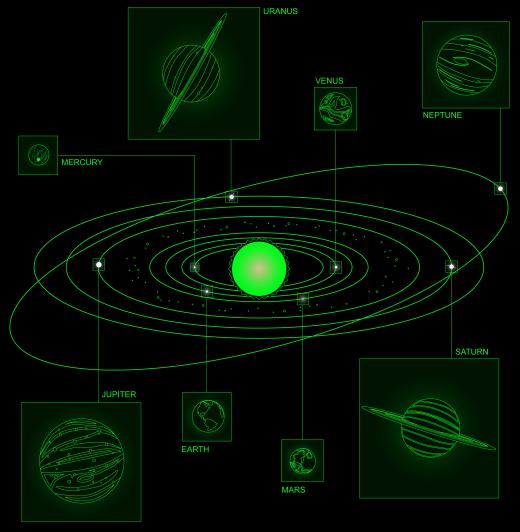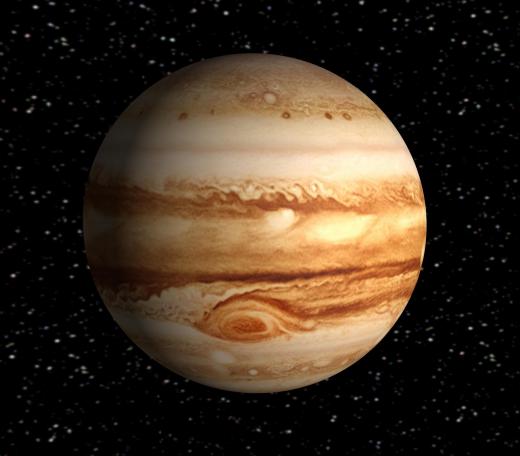What is the Evening Star?
 Mary McMahon
Mary McMahon
The term “evening star” is used to describe a planet which is visible right around dusk, typically when the sky is too light for the true stars to be seen. This phenomenon can also occur in the morning, in which case the planet is known as a “morning star.” Many planets can appear as both morning and evening stars, depending on where they are in their orbit and where Earth is in relation to the planet and the Sun. People have found the appearance of such planets compelling for centuries, as ample florid poems about the appearance of the evening star would suggest.
Most commonly, Venus appears as the evening star. Venus is the brightest object in the night sky after the moon, and it's also one of the larger objects in the sky, which makes it easy to see. This planet always appears to be close to the Sun, because its orbit is located between the Earth and the Sun. Venus appears as a bright mark in the sky near the setting Sun at dusk, or in the vicinity of the Sun at dawn as the morning star.

In addition to Venus, Mercury, Mars, and Jupiter can also appear as evening or morning stars. Sometimes, two planets appear together near the horizon, in an event which is usually celebrated by astronomers. Lay people who are interested in astronomy often try to make time to see the evening star when it is going to be especially large, or when it will appear in conjunction with another planet.

The terminology of “star” is of course incorrect, because a planet is not a star, but the evening star does look a great deal like a star from the viewpoint of Earth. The light of the evening star is created by sunshine which reflects from the surface of the planet and becomes visible to people on Earth, much like the light of the moon. During the day, our neighboring planets and stars are not visible, even though they are present in the sky, because the sunlight is too bright. When Venus or other planets appear near the western horizon, it indicates that nightfall is approaching, because light levels have dropped enough for the planet to become visible. Likewise, the appearance of the morning star at dawn as other stars fade away indicates that the day is rapidly approaching.
Historically, people often linked various events or emotions with the appearance of the evening star, and many cultures associated the night sky and the objects in it with mysticism.
AS FEATURED ON:
AS FEATURED ON:













Discussion Comments
Are there legends associated with the evening star?
Post your comments